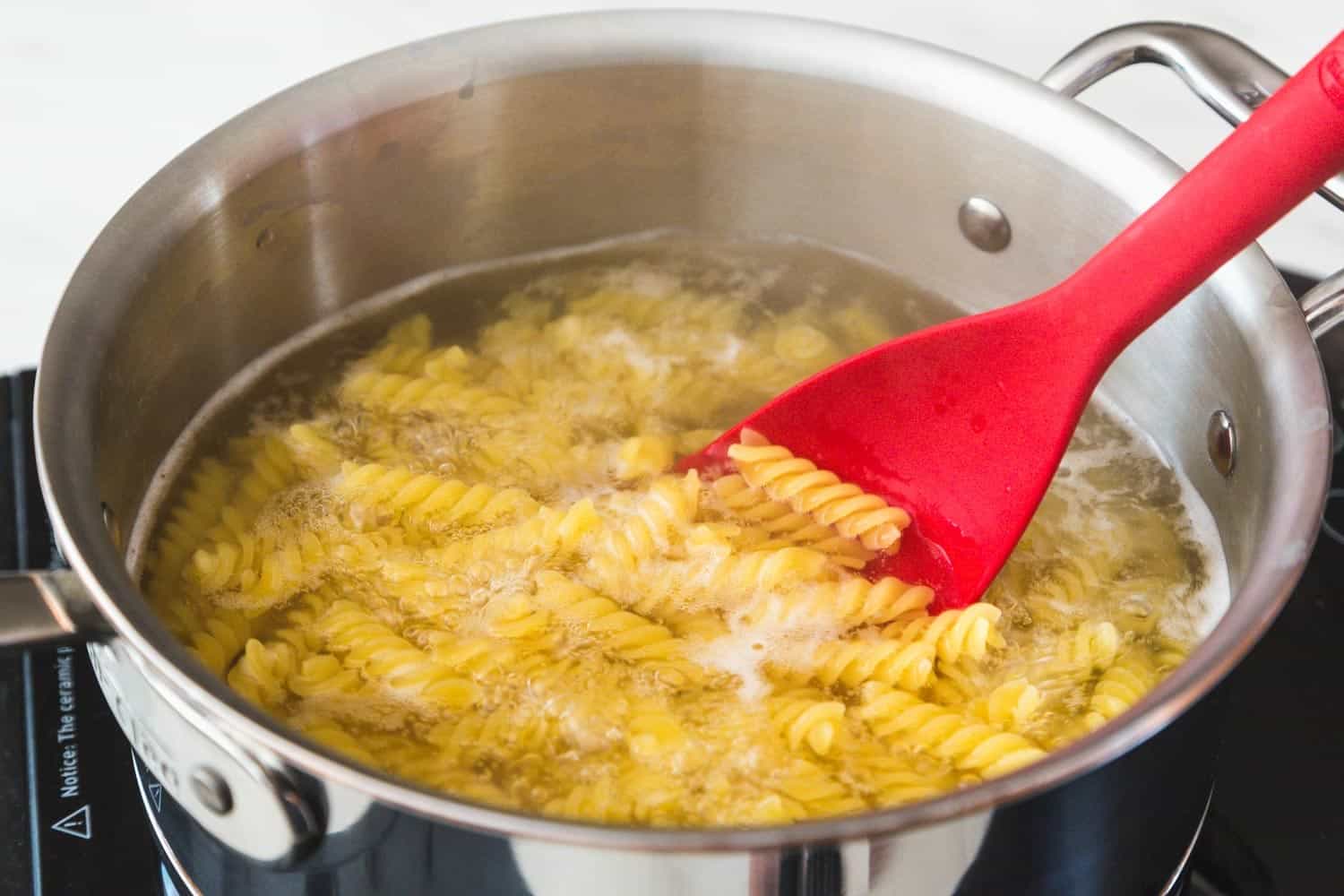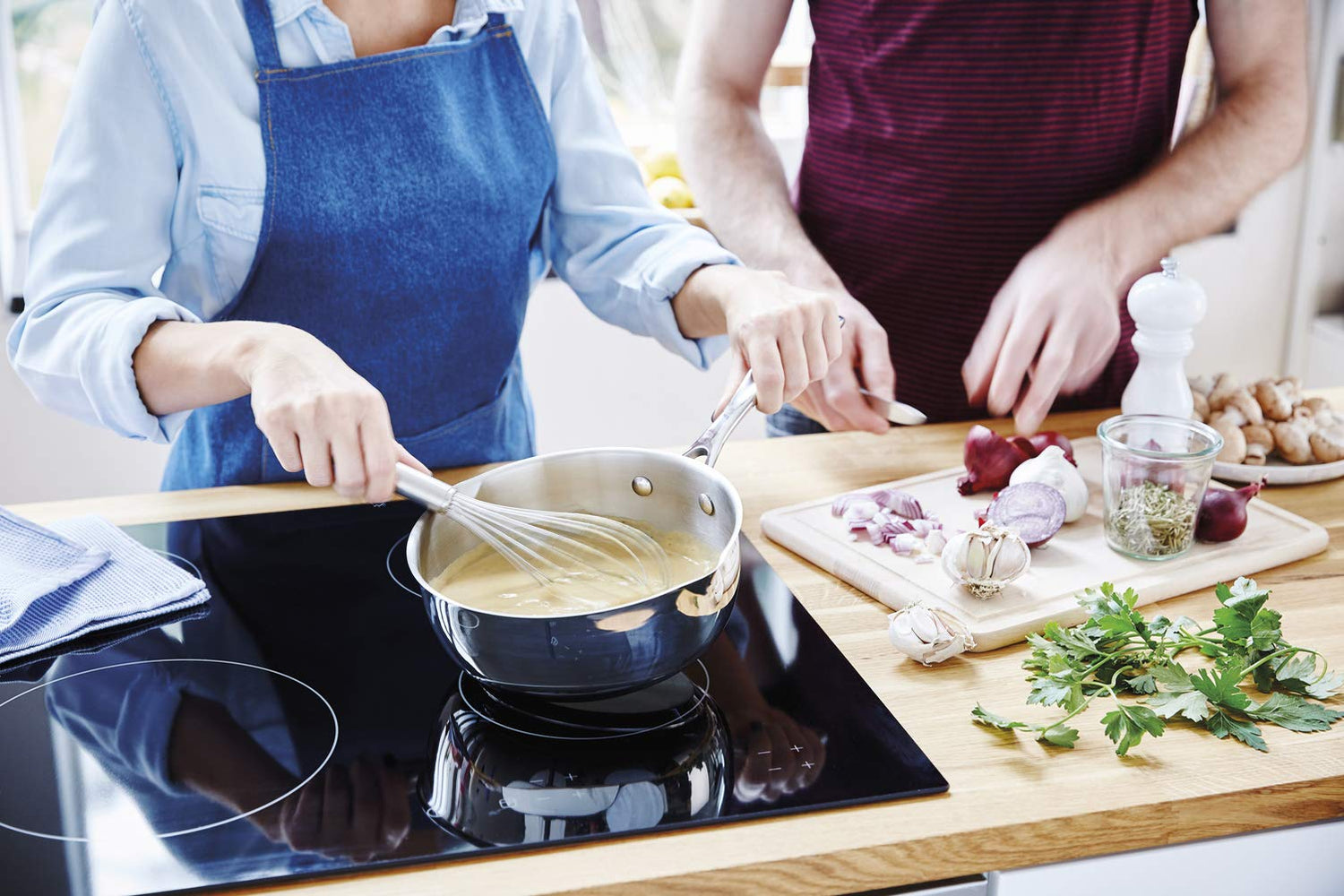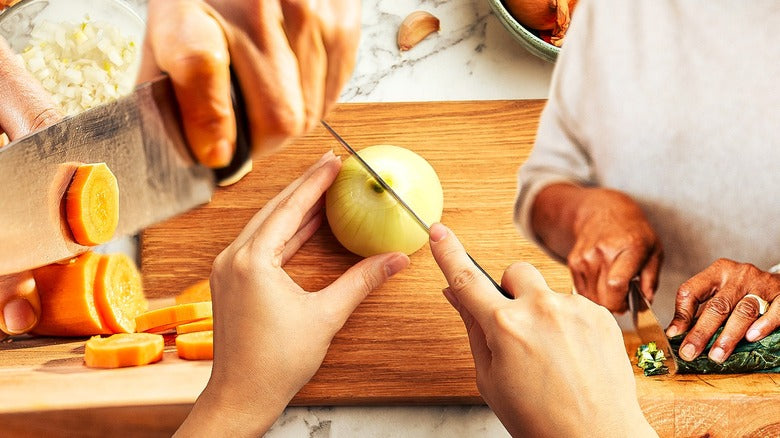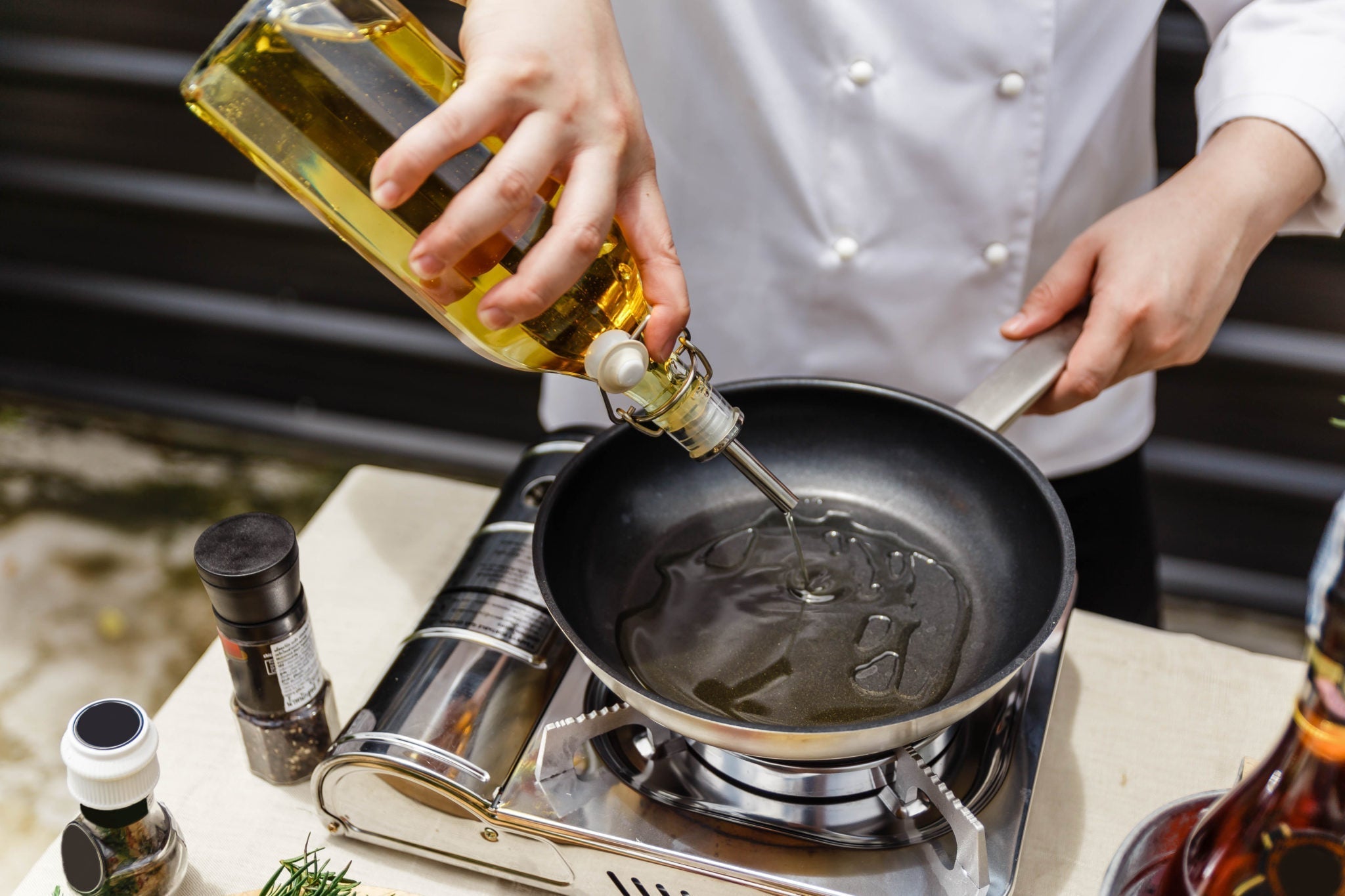When it comes to cooking, the choice of cookware can significantly influence the quality of the dish. One specific piece that deserves attention is the saucepan. In culinary terms, understanding what is important about the size of the saucepan can enhance not just efficiency but also the overall taste and presentation of the food.
Whether you are a seasoned chef or a kitchen novice, a saucepan is a staple in any culinary arsenal. But the size of your saucepan isn't just a matter of preference; it plays a crucial role in cooking efficiency and food quality. This article delves deep into the significance of saucepan size, highlighting how it affects cooking times, heat distribution, and the overall success of your culinary endeavors.

The Role of Saucepan Size in Cooking Efficiency
A key element to consider in kitchen operations is cooking efficiency. The size of the saucepan you choose can dramatically affect how quickly and evenly your food cooks. For example, using a larger saucepan to cook a small quantity of sauce can lead to uneven heating, where some parts are bubbly while others remain cold. On the other hand, using a small saucepan for a large quantity of broth can result in spillage, undercooking, and a significant mess.
By ensuring the right size for your saucepan, you can maintain an even temperature throughout, allowing the food to cook properly, thus enhancing the flavors in each dish.
:max_bytes(150000):strip_icc()/sea-stainless-steel-cookware-sets-test-tramontina-gourmet-induction-ready-tri-ply-clad-10-piece-rkilgore-86-2d14dfca5e9e470ea92181757c0ced03.jpg)
Heat Distribution: Why Size Matters
Another critical factor concerning saucepan size is heat distribution. Smaller saucepans tend to concentrate heat more efficiently, whereas large pans require more time to heat up and distribute that heat evenly. This uniformity is especially important for delicate tasks such as making sauces or simmering soups, where maintaining the right temperature is crucial.
In addition, larger pans may have hot spots, which may lead to burnt patches or undercooked areas. Therefore, understanding how the size plays into heat retention and release can help chefs prepare a flawless dish.

Portion Control and Serving Size
When you are working in a professional kitchen, portion control is key. The right-sized saucepan ensures that you are cooking precisely the amount needed for your specific service. Using a saucepan that is too large can lead to waste, as some food may not be utilized, while a saucepan that is too small can limit you, leading to multiple batches or inefficient cooking. This can slow down the service and ultimately impact customer satisfaction.
Incorporating the correct size of a saucepan to match your portion requirements is not just practical; it can also enhance your workplace efficiency.

Choosing the Right Material for Different Sizes
Beyond the size of the saucepan, materials play a significant role in how heat is maintained and utilized. Various materials such as stainless steel, aluminum, and non-stick can affect cooking performance. For example, a stainless steel saucepan distributes heat well and works wonders for browning, while a non-stick option is perfect for delicate sauces where food should glide away without sticking.
Recipes and Cooking Techniques Affecting Saucepan Size
Certain recipes require specific sizes. For instance, making sauces typically requires a smaller saucepan for better control, while boiling pasta may need a larger one. Understanding these nuances can inform your choice and let you accomplish culinary feats with ease.
Moreover, certain techniques like simmering or melting ingredients can also dictate the preferred saucepan size based on the heat level required.
Cleaning and Maintenance Considerations
Proper maintenance of a saucepan is critical for longevity and performance. Smaller saucepans are easier to clean, but larger ones typically cover more cooking surface, making them versatile. Nevertheless, regardless of size, both require attention to detail. Heres a helpful guide on cleaning scorched saucepans.
Conclusion
In conclusion, knowing what is important about the size of the saucepan is crucial for any kitchen professional. The impact on cooking efficiency, heat distribution, portion control, and even cleaning must not be overlooked. When in doubt, choose the size based on your specific needs, the dish being prepared, and the number of servings required. Mastering the type of saucepan you use will inevitably advance your culinary skills.
Frequently Asked Questions (FAQs)
1. Does the size of a saucepan affect cooking time?
Yes, the size of a saucepan greatly affects cooking time as larger saucepans can take longer to heat up and distribute heat evenly while smaller ones achieve faster cooking due to concentrated heat.
2. How do I choose the right saucepan size?
To choose the right saucepan size, consider the type of food you are preparing, the number of servings, and the cooking techniques involved.
3. What materials should I look for in saucepans?
Common materials to look for in saucepans include stainless steel for durability and even heat distribution, aluminum for quick heating, and non-stick for easy food release.
As an Amazon Associate, I earn from qualifying purchases.






Leave a comment
This site is protected by hCaptcha and the hCaptcha Privacy Policy and Terms of Service apply.